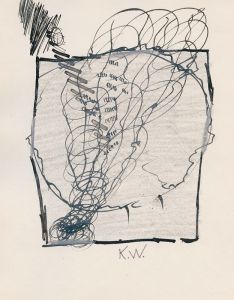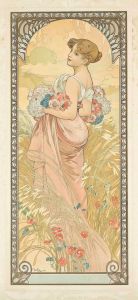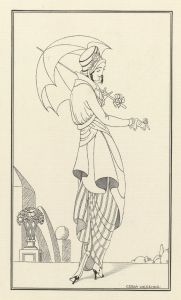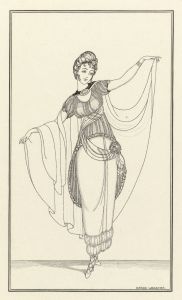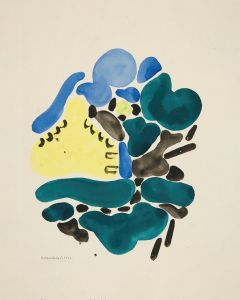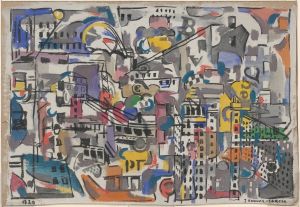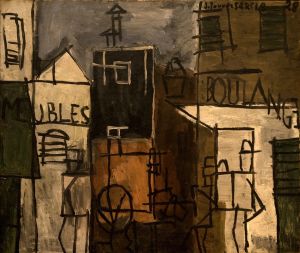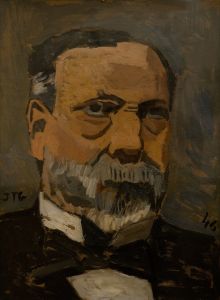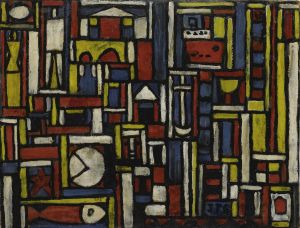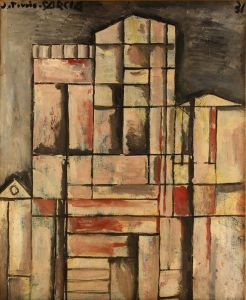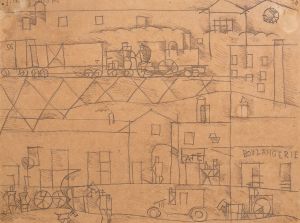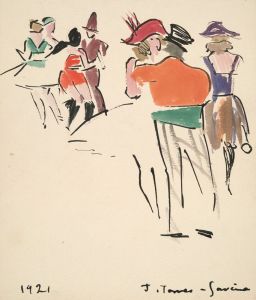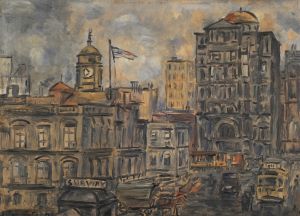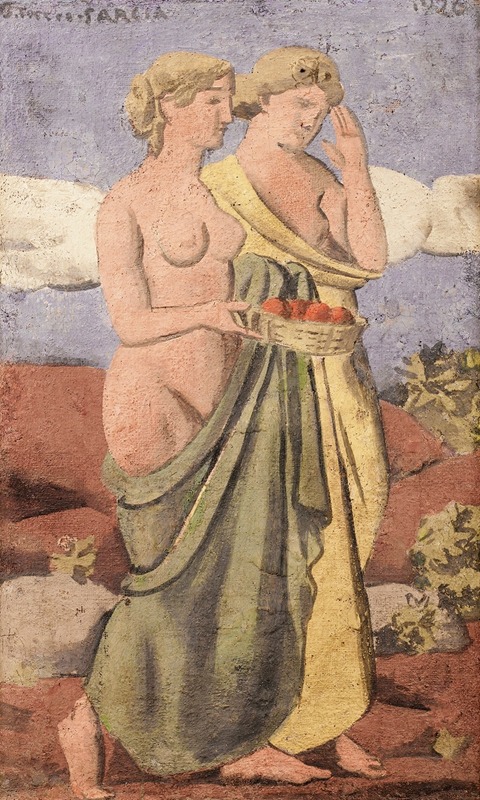
Mujeres
A hand-painted replica of Joaquín Torres-García’s masterpiece Mujeres, meticulously crafted by professional artists to capture the true essence of the original. Each piece is created with museum-quality canvas and rare mineral pigments, carefully painted by experienced artists with delicate brushstrokes and rich, layered colors to perfectly recreate the texture of the original artwork. Unlike machine-printed reproductions, this hand-painted version brings the painting to life, infused with the artist’s emotions and skill in every stroke. Whether for personal collection or home decoration, it instantly elevates the artistic atmosphere of any space.
Joaquín Torres-García's Mujeres is a painting created by the Uruguayan modernist artist, who is widely regarded as one of the most influential figures in Latin American art. Torres-García was a pioneer of Constructivism and a key proponent of the Universal Constructivist movement, which sought to merge geometric abstraction with symbolic and universal themes. While specific details about Mujeres are limited, the work reflects Torres-García's broader artistic philosophy and his commitment to creating art that transcends cultural and temporal boundaries.
Torres-García was born in Montevideo, Uruguay, in 1874 and spent much of his career traveling and working in Europe before returning to his homeland in 1934. His artistic style evolved significantly over the years, incorporating elements of Catalan Noucentisme, Cubism, and Neo-Plasticism. By the time he created Mujeres, Torres-García had developed a distinctive visual language characterized by the use of grids, symbolic forms, and earthy color palettes.
The title Mujeres, which translates to "Women" in English, suggests that the painting focuses on female figures. Torres-García often depicted human forms in a simplified, almost archetypal manner, integrating them into his signature grid compositions. These figures were not intended to be realistic portrayals but rather symbolic representations of humanity and its connection to universal principles. His work frequently incorporated references to ancient art, indigenous cultures, and modernist abstraction, creating a synthesis of past and present.
Torres-García's use of geometric structures and symbolic imagery in works like Mujeres reflects his belief in the universality of art. He sought to create a visual language that could be understood across cultures, emphasizing harmony, balance, and order. This approach was central to his Universal Constructivist manifesto, which he published in 1935. In this manifesto, he outlined his vision for an art that was rooted in both the spiritual and the material, capable of expressing universal truths.
While specific information about the creation date, medium, and current location of Mujeres is not readily available, the painting is often associated with Torres-García's mature period, during which he produced some of his most iconic works. His legacy continues to influence artists and scholars, and his contributions to modern art are celebrated in museums and collections worldwide.
For further details about Mujeres, additional research into archival materials or exhibition records may be required.





